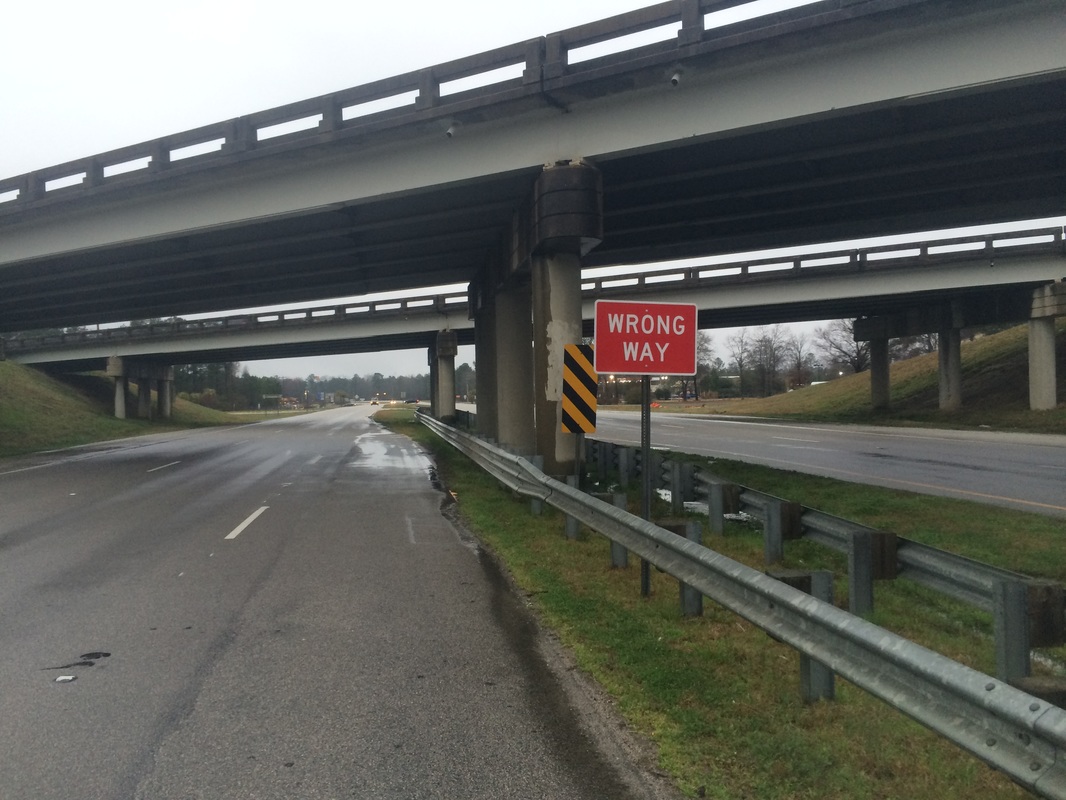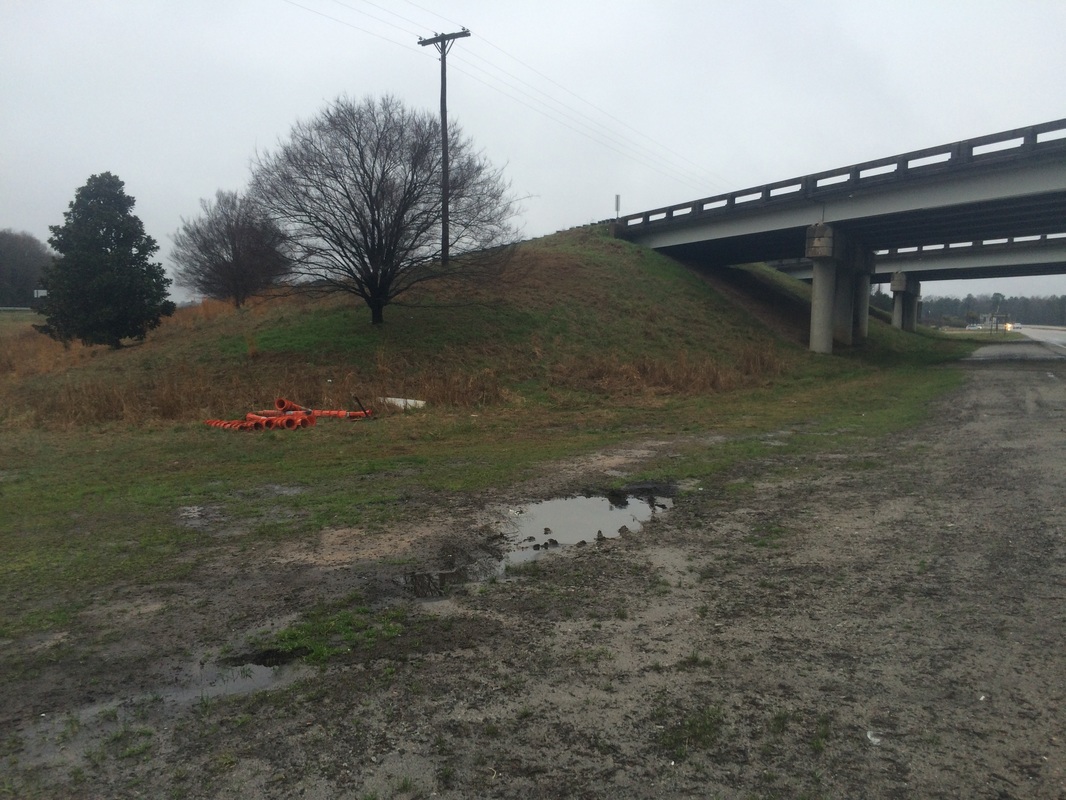And it was of just such mounds that I thought as I walked, through the rain, into the first major town the Trek visited since leaving Charleston: Camden, which by coincidence happens to be the first inland town in South Carolina, founded in 1732 as part of an effort by King George II to establish settlements on the rivers, further pushing away the Indians (who had been defeated at great cost in South Carolina in the Yamassee War decades earlier). So we encountered in Camden history of the Revolutionary War period, many years after Lawson's day. Among other things, through the good offices of Joanna Craig, executive director of Historic Camden, we got to sleep in the basement of the rebuilt Kershaw House, the original of which survived the Revolution but was burned in the Civil War. The Battle of Camden, by the way, was a big fat loser for the colonists -- their biggest land loss of the war, as it happens.
Anyhow. As interesting as all that is, what fascinated me about Camden was the lay of the land. I walked into Camden in the rain on a quiet morning, and to get there I had to walk along a big four-lane highway, and that was the good road; on that I had to walk under Interstate 20.
And the first thing I thought of was those Mississippian Indian mounds.
I checked with an engineer who works with highways and he said that's right on. You can have a slope of 4 or even 3 to 1 (that's run to rise, so the smaller the first number, the steeper the slope) and you're okay. But go any higher and you need special reinforcement -- you can't even get grass to grow, to say nothing of the kind of erosion that a slope that steep will suffer.
I wondered what the people in cars would make of me, teetering along with my knapsack and my camping hat. Double-takes from windshields? Delighted children waving from the back seats?
Nope -- worse. Nobody noticed me. Nobody noticed me at all. In an environment designed for big things moving at machine speeds, not a single person even glanced at me, a small thing moving at human speed. I scurried across lanes of traffic one direction at a time, and I crossed exit and entrance ramps only when I could see nobody was near; drivers slowing down or speeding up appear especially preoccupied with things other than vulnerable pedestrians.
The interstate highway itself gave a moment of shelter from the rain -- and a drip line where the bridge shed its water. Along west side of the road, once I passed the interstate, was the Big Pine Tree Creek, and behind one of the several vast parking lots with a little gas station and convenience store in the center it was entered by a nameless tributary. As ever I love seeing the way tiny little microclimates set themselves up: creekside, by the pipes in ditches were tufts of grasses; a dirt road entered 521 that I could have driven be 200 times without ever noticing; the post and pylons of infrastructure systems were everywhere.
Before I got into Camden proper I walked by two fast food restaurants and three convenience stores. It's not wrong to have so many of those; we have to fill our cars and our bellies. But lord have mercy, there are an awful lot of them.
Anyhow, next time you get onto or off a highway, slow down and turn off your phone. It's improbable, but you might see someone walking.







 RSS Feed
RSS Feed